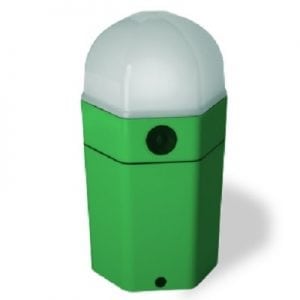
Agriculture
November 9, 2023
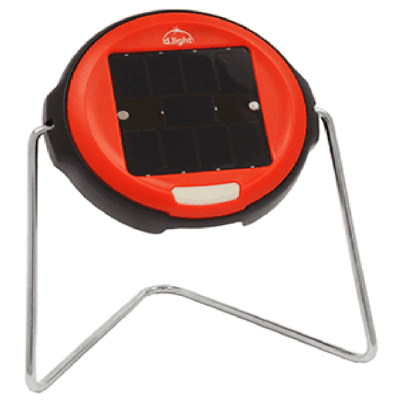
Updated on November 9, 2023
·Created on August 27, 2015
The d.Light S2 was a solar-powered, personal-use LED lantern; it has now been discontinued and succeeded by the d.Light S3.
The d.light S2 was a personal-use LED lantern with an integrated solar panel. It had a metal stand for carrying, hanging or supporting the lantern that allowed it to be directed at any angle from an elevated position. The d.Light S2 was designed by d.Light Design.
In 2019, this product was discontinued, and has been succeeded by the d.Light S3.
Market Suggested Retail Price
$15.99
Target Users (Target Impact Group)
Distributors / Implementing Organizations
The product was sold by online retailers and locally through d.Light's 25,000 retail outlets across 70 countries worldwide.
Manufacturing/Building Method
The d.Light S2 was mass-produced in China.
Intellectural Property Type
Other
User Provision Model
Users can purchase the product from one of d.Light's 25,000 retail outlets across 70 countries or online. Local distribution was previously done through social enterprises such as M-Kopa in Kenya, who now market their own solar products.
Distributions to Date Status
Between all of their solar lighting and power products, d.Light has sold over 20 million units worldwide.
Design Specifications
The S2 has an ultra bright LED (60,000-hour life) an integrated solar panel and battery and a metal stand. In cloudy conditions, it can be charged using a standard Nokia AC charger (not included). It only has one brightness setting, but also features a dual solar / AC battery charge level indicator and a glow-in-the-dark on/off button. It is dust and impact resistant and lightweight (120 g). The package dimensions upon purchase are (WxDxH): 4.0 x 7.0 x 5.8 in
Technical Support
Products within the 2 year warranty period (from the date of purchase) can be returned to the retailer at a user's point of purchase for replacement free of charge. Beyond that, d.Light provide customer support (contact details available here). d.Light stated that the product is 'maintenance-free' on it's page, implying very little technical support is required.
Replacement Components
Replacement products are available under warranty. No replacements parts are available.
Lifecycle
According to d.light, the average product lifetime is well over 5 years. Free 2 year replacement warranty. No information available on disposal.
Manufacturer Specified Performance Parameters
4 Hours of light per full charge, 3x brighter than kerosene and portable (with an adjustable handle and stand). Free 2-Year Replacement Warranty from date of purchase.
Vetted Performance Status
Meets Lighting Global Recommended Performance Targets & Lighting Africa Minimum Quality Standards. From the Lighting Global Standardized Specifications Sheet its total light output is 33 lumens, it illuminates an area of 0.09 m2 with > 50 lux, it provides 130 lumen-hours / solar-day, the full battery run time is 5.3 hours and the rune time per day of solar charging is 3.9 hours.
The Comprehensive Initiative on Technology Evaluation (CITE) at MIT evaluated personal-use solar lanterns available on the market in Uganda and published the results in January 2015. The d.Light S2 received a score of 43/100. Full findings are available in their report and as a snapshot synopsis is available in the image included here.
Safety
No listed hazards.
Complementary Technical Systems
Because the system is solar powered, gains in efficiency can only be made in improving the efficiency of solar energy collection or reducing the energy used by the product, although it serves as a complement to many other products.
Academic Research and References
Stanford School of Design is where d.light started and the school still offers courses but it is unclear how much they are still involved with the product.
Several pieces of academic research discuss the impacts of solar lanterns:
Kinoti, M., 2018, Socio-Economic Impact of Solar Lamp Lighting in Kibera Slum, Kenya. International Journal of Professional Practice, 6(4), pp. 30-36.
2019, Short-Term Impacts of Solar Lanterns on Child Health: Experimental Evidence from Bangladesh. The Journal of Development Studies, 55(11), 2329-2346.
Lemaire, X., 2018, Solar home systems and solar lanterns in rural areas of the Global South: What impact? WIREs Energy Environ, 7(5), e301.
Shepherd, C., 2018, Misreading the night: The shadows and light of a solar technology. The Promise of Prosperity: Visions of the Future in Timor-Leste. J. M. Bovensiepen, ed., ANU Press, pp. 205-221.
Compliance with regulations
IEC Technical Specification 62257-9-5 which is informed by Lighting Global's three complementary sets of test methods —the Quality Test Method (QTM), the Initial Screening Method (ISM), and the Market Check Method (MCM) CE certification; IEC 60598-1, IEC 60598-2-4, EN 55015, EN 61547 compliance. Country certifications for East & West Africa (SONCAP, PVoC)
Other Information
None

Agriculture
November 9, 2023
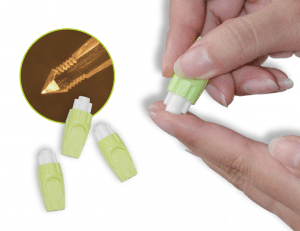
Agriculture
November 9, 2023
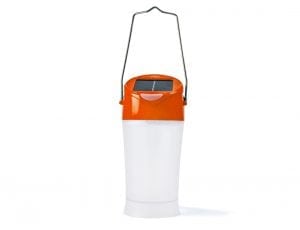
Agriculture
November 9, 2023
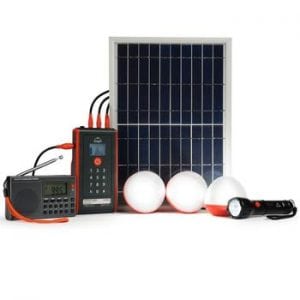
Agriculture
November 9, 2023
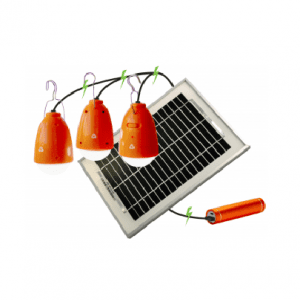
Agriculture
November 9, 2023
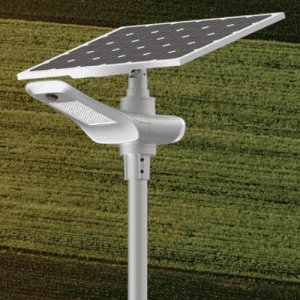
Agriculture
November 9, 2023
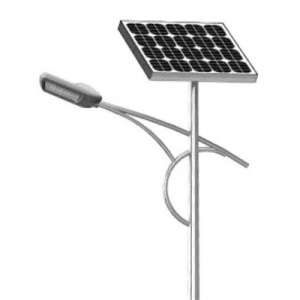
Agriculture
November 9, 2023
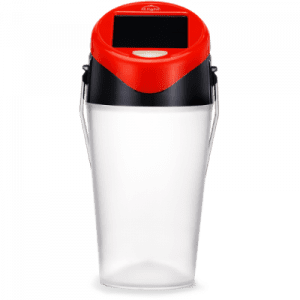
Agriculture
November 9, 2023
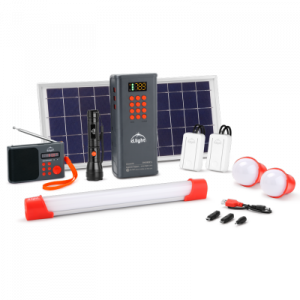
Agriculture
November 9, 2023
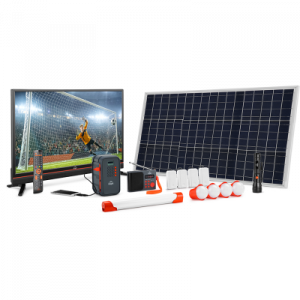
Agriculture
November 9, 2023
Have thoughts on how we can improve?
Give Us Feedback